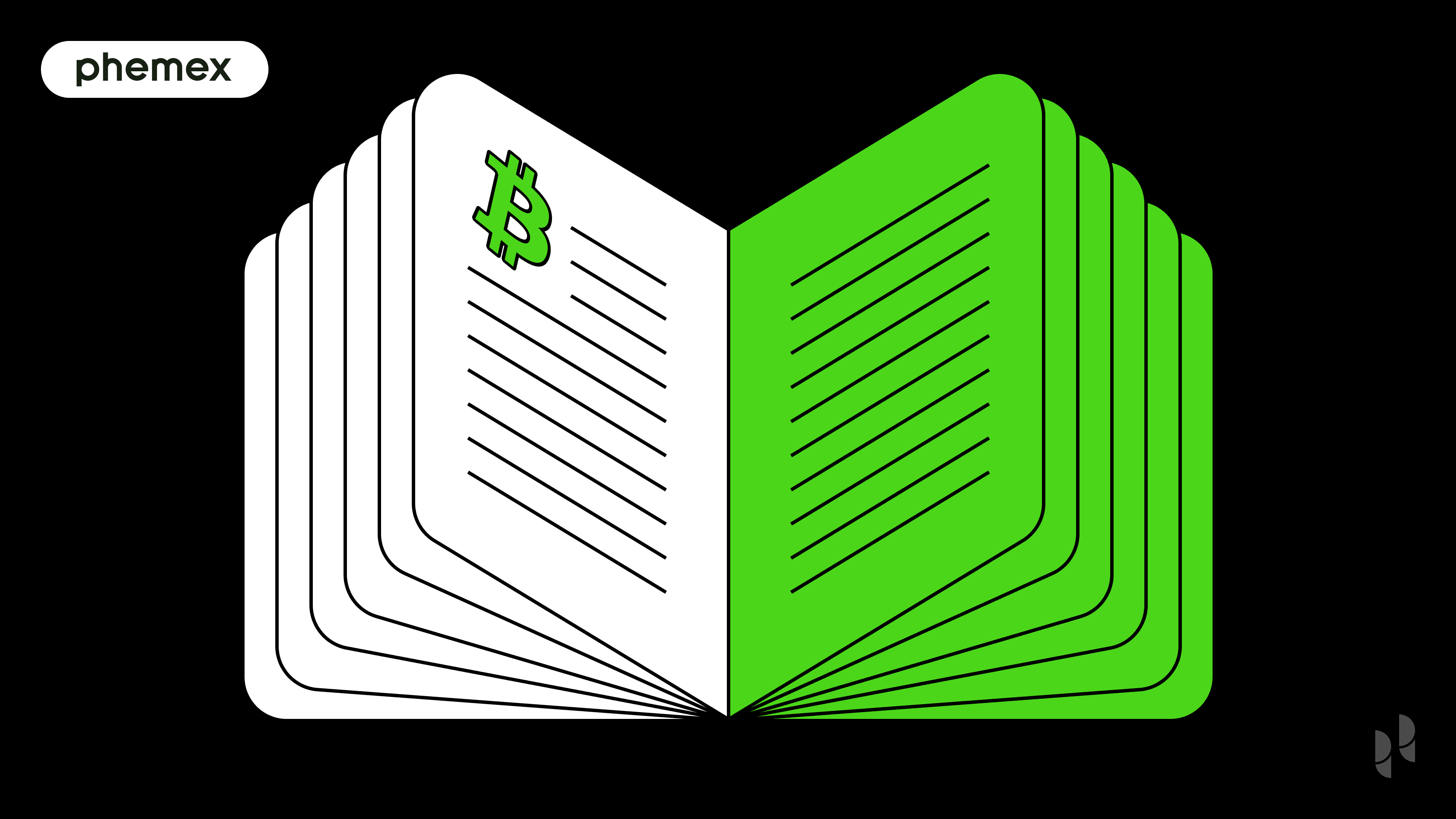Nearly three centuries ago, economist Richard Cantillon described an economic phenomenon that has proven itself till today. The Cantillon effect, first noted by him in the context of the early capitalist economy of the time, became very evident during the Global Financial Crisis of 2008.

Who Was Richard Cantillon?
Richard Cantillion was an Irish-born economist and merchant who lived in the late 17th and early 18th centuries. Cantillon moved to France in his twenties, and went on to become a well-known writer on the topics of economics and money.
He is rumored to have written extensively on these topics, but his only work piece that survived to the modern times is the “Essay on the Nature of Trade in General.” The book is considered by many economists to be one of the masterpieces of political economy.
In the Essay, Cantillon describes the economic phenomenon of a change in relative prices in various parts of the economy as a response to a change in money supply. Cantillon posits that when an additional money supply by the government or ruling authority is produced, it is distributed unevenly among various parts/actors in the overall economy.
What Is the Cantillon Effect?
The uneven nature of the new money distribution is what economists label the “Cantilllon Effect.”
Those actors who are close to the source of the new supply benefit more from this “new money” than those who are further away from it. In Cantillon’s times, the supply of new money came largely from kings and other feudal rulers. Those who were close to this new money were various feudal nobility, such as dukes or barons, as well as wealthy merchants. The ones furthest away from the new money supply were the peasantry and the newly-forming early industrial working class.
Perhaps very unfortunately for society, Cantillon’s theory has stood the test of time well. In modern times, the supply of new money is driven by governments and central banks. Those who are closest to this supply and get to benefit the most from it are large banks, corporations, and investment funds. Those furthest away from the supply are the general population and the wider economy that the population uses extensively.
In the context of the modern economy, Cantillion’s theory means that the banks and large institutional investors get access to the new money supply first, invest it for returns, e.g., in the stock market or in various risky financial products, and inflate the price of the assets they have invested in.
At the same time, the sectors of the economy aside from the financial markets continue to stagnate without access to the new money supply. It is often these sectors that the general population depends on for employment and wealth generation.

How Does the Cantillon Effect Work?
Two key concepts help explain how the Cantillon effect works. One is quantitative easing, a common method of generating new money supply used by modern governments, and the other one is the inflation and deflation phenomena.
How Quantitative Easing Causes the Cantillon Effect?
Quantitative easing is a method used by governments as a means of increasing the overall supply of money in the economy. Unlike some popular beliefs, quantitative easing is not synonymous with the simple act of printing money.
When the government employs quantitative easing, it buys securities from the market on a large scale in order to boost the overall money supply circulating in the economy. The new supply is intended to then help the wider economy.
However, the primary beneficiaries of quantitative easing are typically the banks that get access to the new money supply via selling their securities to the government. Although the government expects the banks to lend the new supply and stimulate various parts of the wider economy, banks often simply pump the new funds into stocks, derivatives, and other financial products that have limited positive effects on employment and household finances.
This behavior by banks is a classic example of the Cantillon effect in action. While the stock market gets inflated, other parts of the economy remain stagnant without enough money supply.
How Do Inflation and Deflation Relate to the Cantillion Effect?
The unintended consequences of quantitative easing, so well explained by the Cantillon effect, lead to excessive inflation in some parts of the economy, while often causing deflation or stagflation in many other key parts.
Probably the most well-known example of this is the US government’s quantitative easing program, launched in 2008 to fight the effects of the subprime mortgage crisis. Between December 2008 and October 2014, the government’s quantitative easing added around $4 trillion to the economy.
The government’s primary intent was to stimulate the economy out of the Great Recession. Initially, many economists even feared that the massive scale of the monetary expansion would cause high levels of inflation in the wider economy.
The reality turned out to be quite different. Instead of using the funds to stimulate consumer and small-business lending, US banks, the primary direct beneficiaries of the new money, invested heavily in the stock market while attributing only a small part of the funds to consumer lending.
As a result, US consumer spending remained weak, the Consumer Price Index (CPI), the primary measure of inflation in consumer prices, stayed at below-average levels, while the stock market posted double-digit growth rates for most of the years during and after the quantitative easing program.
Simply speaking, the funds that were intended to stimulate employment growth and help consumers and small businesses were largely diverted to making rich shareholders and complex financial product investors even richer.
The table below shows the consumer inflation figures vs the growth rates of the S&P500, a key measure of the stock market’s performance, over the five-year period between 2009 and 2013.
| Year | CPI annual rate | S&P500 YoY growth rate |
|---|---|---|
| 20-year average (1989-2008) | 3.05% | 4.5% |
| 2009 | -0.36% | 242.5% |
| 2010 | 1.64% | 51.8% |
| 2011 | 3.16% | 12.4% |
| 2012 | 2.07% | -0.5% |
| 2013 | 1.46% | 15.8% |
As evident from the table, the massive quantitative easing program undertaken by the US government had largely failed to ignite growth in the consumer sector. With the exception of 2011, the other years when money was being pumped into the economy by the Fed saw below-average inflation rates. The year 2009 was even deflationary.
In stark contrast to the CPI figures, the S&P500’s annual growth rates skyrocketed well above the average rates for the previous 20-year period. The only exception to this pattern was the year 2012, which saw half a point decline, but it was promptly reversed in 2013, with a very healthy, and again well above the historical average, rate of 15.8%.
The table gives a clear indication of where the bulk of the Fed’s $4 trillion ended up, and it is definitely not the consumer sector. While excessive inflation may not be optimal for consumers, the below-average figures were also not helping the economy to jumpstart the much needed growth.
Richard Cantillon’s insightful observation made in the early 18th century was glaringly manifested nearly 300 years later in the world’s largest economy.

Is Cryptocurrency Susceptible to the Cantillon Effect?
Cryptocurrencies are usually based on their underlying blockchain network, e.g., the BTC network of Bitcoin. The new supply of cryptocurrency on these networks is managed via the processes of mining, on Proof of Work (PoW) blockchains, or staking, on Proof of Stake (PoS) platforms.
In both cases, the new supply is distributed among the special validator nodes that help process transaction blocks and keep the blockchains functioning. The validator nodes, the usual beneficiaries of the new supply, have a very different function on blockchains from that of banks in the traditional monetary system.
Blockchain validators do not act as intermediaries between the system that issues the new supply and the rest of the user community. On the contrary, banks in the modern economy are the primary recipients of the new monetary supply issued by the government. As such, they may preferentially direct the funds towards their own needs, even at the expense of the damage to the wider economy.
Thus, the nature of the new supply generation and distribution on blockchains ensures that the Cantillon effect is not applicable to cryptocurrency platforms. Compared to the traditional fiat money institutions, cryptocurrency is a much more equitable system.
Conclusion
The Cantillon effect refers to an uneven distribution of new money supply in the economy that leads to differential growth rates in different parts of the economy.
The primary manifestation of the Catillon effect in action was the US quantitative easing program aimed at fighting the effects of the Global Financial Crisis.
Despite the massive $4 trillion pumped by the Fed into the market, the banking industry, which was the primary beneficiary of the funds, directed a large chunk of the new supply into the stock market. At the same time, consumer and small business lending remained subdued.
This resulted in large, well-above-the-average growth rates for the stock market, while the consumer sector of the economy remained anemic.
Unlike the traditional fiat money system, cryptocurrencies are not affected by the Cantillon effect. The primary recipients of the new money on crypto platforms, the miners, do not act as intermediaries of the new supply between the system that generates it (the blockchain itself) and the rest of the user community.
Read More
- What is Cryptocurrency & How It Differs From Digital Cash
- Why Does Bitcoin Have Value?
- Crypto, Bitcoin, and the Power of Network Effects
- What Is DeFi: How To Be Your Own Bank With $100
- What is Money?
- July Crypto Market Analysis
- All You Need to Know About Stablecoins: Cryptocurrency’s Gold Standard
- What is Inflation in Crypto?









